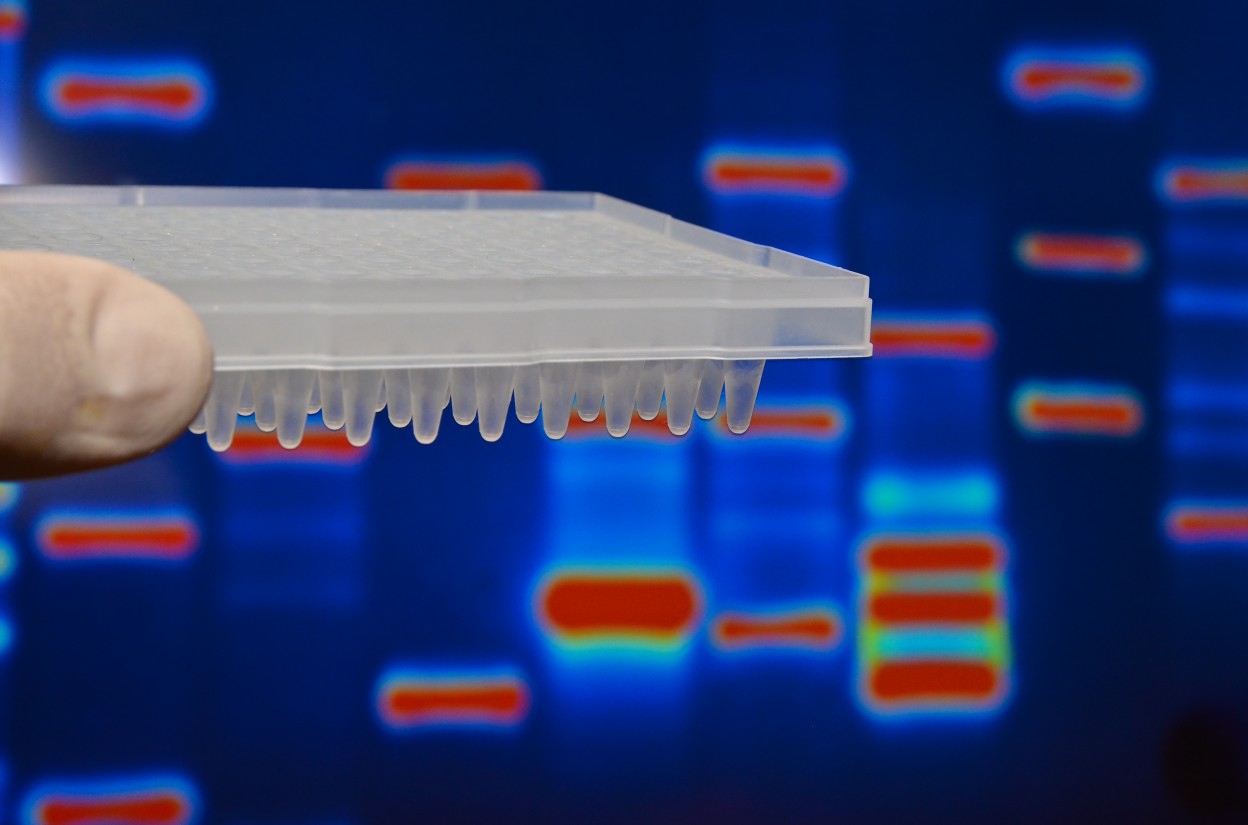Diagnostic Test May Not be Highly Specific for LEMS, Study Warns

Contrary to current thinking, testing for levels of antibodies against voltage-gated calcium channels may not be highly specific for Lambert-Eaton myasthenic syndrome (LEMS), researchers caution in a recent study.
The study, “Low specificity of voltage-gated calcium channel antibodies in Lambert-Eaton myasthenic syndrome: a call for caution,” was published in the Journal of Neurology.
Voltage-gated calcium channels (VGCCs) are large protein complexes that play a major role in signaling between cells. These VGCCs are expressed in numerous organ systems — including the cardiovascular, endocrine, musculoskeletal, nervous, and pulmonary systems.
Researchers have discovered several different subtypes of VGCC, including the P/Q- and N-types, which play a role in signaling between nerve and muscle cells and are vital for movement.
Antibodies against the P/Q-type VGCC and — to a lesser extent — N-type VGCC, have been found to be associated with LEMS. In fact, VGCC antibodies (VGCC-Ab) have been reported to be a highly sensitive (true positive rate) and specific (true negative rate) test for a diagnosis of LEMS.
Testing for nerve cell antibodies, which includes VGCC-Ab, has become increasingly available, allowing physicians to determine the spectrum of conditions potentially associated with these autoantibodies.
The significance of high levels of VGCC-Ab beyond its association with LEMS, however, remains unknown.
Therefore, researchers conducted a retrospective study to determine the clinical significance of high VGCC-Ab levels in a group of 100 patients with a range of neurological conditions.
In this group of patients, 65 had high P/Q-type VGCC-Ab, 45 had high N-type VGCC-Ab, and 10 had high levels of both.
The patients were divided into the “inflammatory group,” which included those with a suspected autoimmune neurological condition, or the “noninflammatory group,” which consisted of those with neurological disorders without an established autoimmune or inflammatory etiology.
Forty-two patients with antibodies against VGCC had inflammatory disorders, while the remaining 58 patients did not have any inflammatory disorders. This means that 58% of patients with high VGCC-Ab levels lacked an inflammatory or autoimmune cause for their neurological diagnosis.
Interestingly, neither the levels of the antibody nor the subtype of VGCC-Ab differed between the inflammatory and noninflammatory groups.
Only six of the 100 patients had confirmed LEMS, five of whom had high levels of P/Q-type VGCC-Ab, two of whom had high levels of N-type-VGCC Ab, and one with high levels of both VGCC-Ab subtypes.
The presence of so many people with high levels of VGCC-Ab without LEMS suggests that, contrary to what is currently thought, VGCC-Ab levels are, in fact, not specific for LEMS.
“Thus, while the value of the VGCC-Ab test is confirmatory in patients diagnosed with LEMS by clinical and electrodiagnostic criteria, the antibody test alone is not diagnostic in the majority of patients who otherwise lack the typical clinical or electrodiagnostic features,” the authors write.
“We therefore recommend that neurologists and neuromuscular physicians be cautioned against making a diagnosis of LEMS simply based on positive VGCC-Ab titers. A careful clinical and electrodiagnostic evaluation is needed before making the diagnosis of LEMS due to the possible psychological and financial implications to the patient and the healthcare system,” they conclude.






